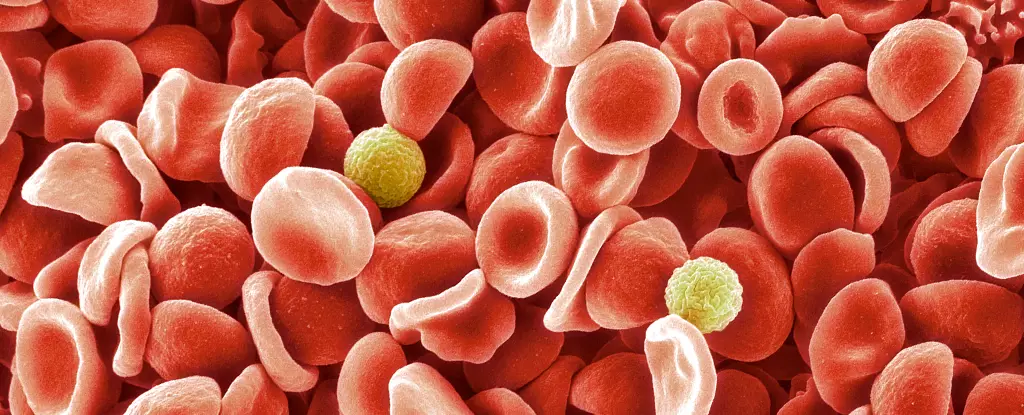In a groundbreaking revelation that bridges decades of research, a team of scientists from the UK and Israel has identified a new blood group system known as the MAL blood group. This long-awaited discovery can be traced back to a 1972 case in which a pregnant woman’s blood was found to lack a specific surface molecule known as the AnWj antigen, a protein present on nearly all red blood cells in the human population. The significance of this finding transcends its initial observation; it opens a new avenue in transfusion medicine and genetic research, particularly for the very few individuals who possess this rare blood type.
Blood group systems are primarily defined by the various antigens present on the surface of red blood cells. {Key to our immune response, these antigens help the body identify self from non-self, thereby preventing harmful immune reactions during blood transfusions. Historically, the ABO and Rh blood group systems have dominated discussions around transfusion compatibility. However, as the science of blood typing has advanced, it has become evident that numerous other blood groups exist. Some, like the recently identified Er blood system, affect only a minority of the population and have emerged as critical areas for further investigation.
The newly articulated MAL blood group highlights the depth and complexity of blood antigens. Scientists have determined that over 99.9% of people possess the AnWj protein, while only a select few, including the pregnant woman from the original case, are AnWj-negative. Such discoveries underline the intricate genetic factors that contribute to blood typing and the complexities involved in understanding emerging blood group systems.
The research leading to the identification of the MAL blood group involved a collaborative effort over years, demonstrating a commitment to unraveling a crucial medical mystery. According to UK National Health Service hematologist Louise Tilley, this discovery is not merely academic; it carries profound implications for patients who may suffer from blood disorders without a proper diagnosis. The investigation was thorough, requiring extensive genetic testing and laboratory work to substantiate the presence of the MAL gene.
Researchers utilized sophisticated methods to pinpoint the genetic origins of the AnWj-negative blood type. They successfully transfected AnWj-negative blood cells with the normal MAL gene, successfully reintroducing the missing antigen. This important methodological innovation showcases how advancements in molecular biology can propel medical research and lead to life-saving interventions.
The evolution of understanding the MAL blood group has practical applications in transfusion medicine, where mismatched blood types can lead to disastrous consequences. It becomes pivotal for healthcare professionals to accurately identify this rare blood type, as its implications extend beyond immediate treatment. Identifying whether AnWj-negative status is inherited or the result of a suppressive condition enables better management of patients at risk of associated health issues.
Moreover, the study highlights the importance of genetic research in the medical field. As more blood types are unearthed, it will be critical for practitioners to be alert to these rare conditions that can pose significant threats to patient safety. Understanding these intricate blood anomalies not only aids in the optimization of blood transfusion practices but also equips physicians with insights necessary to address potential underlying health issues effectively.
As the scientific community continues to innovate and push the boundaries of genetic research, the identification of the MAL blood group stands as a testament to the dedication and resilience of researchers. This discovery emphasizes the need for continued exploration into the multifaceted nature of human blood. By focusing on these rare blood discrepancies, we can foster a deeper understanding of blood transfusion compatibility and improve healthcare outcomes for patients with rare blood types. Ultimately, each new discovery serves to enrich our medical knowledge and represents a step forward in the quest for better patient care in the realm of hematology.


Leave a Reply